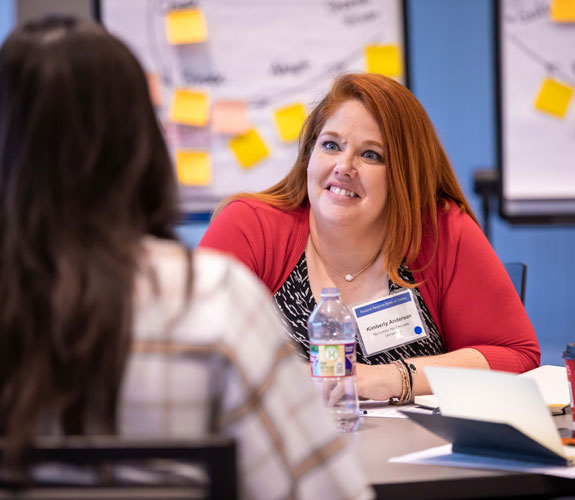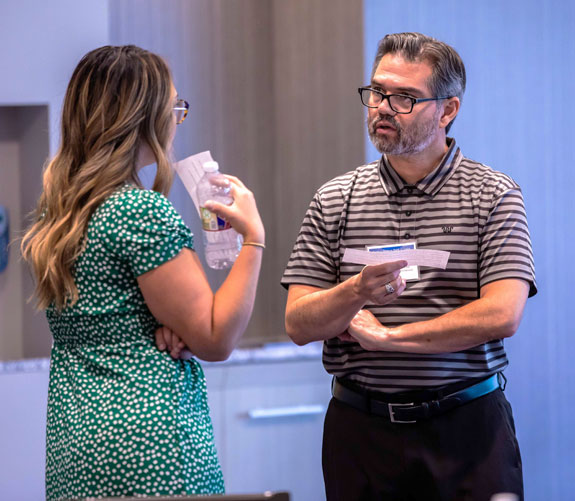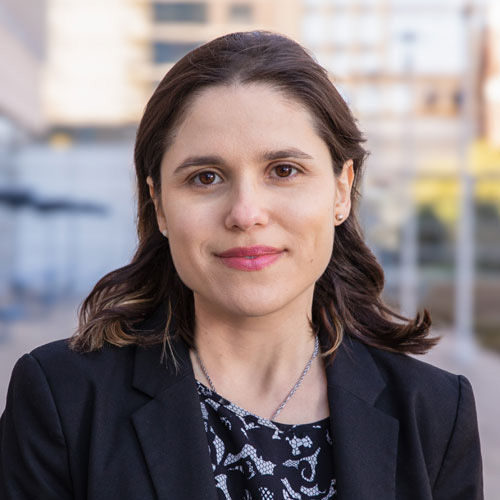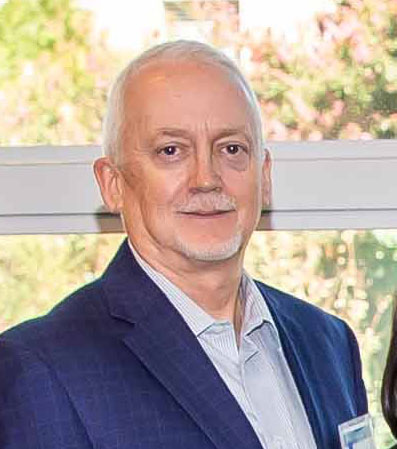
Leadership academy builds collaborative skills for community partnerships
As a former school superintendent, Adrian Vega has long been familiar with what it takes to be a strong organizational leader. But when Vega was recruited to the Midland-Odessa area to lead the Education Partnership of the Permian Basin, a cross-sector coalition of community partners, he quickly discovered he needed new skills.
Vega’s work involves engaging business leaders, school districts, early childhood educators, social service agencies and governmental agencies around a common goal—to improve educational and workforce outcomes and the quality of education across the Permian Basin. This coordinating role, Vega found, doesn’t fit easily into a conventional organization chart.
“How does one exercise leadership in this type of collaborative effort?” he said. “It’s very nuanced and very different than any other leadership that I’ve been a part of.”
The Advance Together Leadership Academy hosted by the Federal Reserve Bank of Dallas is helping Vega and other community leaders from Texas and New Mexico answer that question. Designed specifically to address the challenges of cross-sector partnerships, the leadership academy provides the individuals coordinating these efforts with tools and skills to lead the work of their coalitions effectively.
Leading a coalition: a vital but unusual role
The need for a leadership academy was identified as an early lesson in the Dallas Fed’s Advance Together initiative, which accelerates the progress of cross-sector partnerships that are addressing education and workforce challenges. In each participating community, an individual or a small team of individuals is responsible for coordinating the collective efforts of many partners. The vital yet unusual nature of this coordinating role quickly became apparent.
Managing the day-to-day implementation of a partnership’s work requires a special set of skills. Coordinating leaders engage and convene partners, facilitate conversations among partners to resolve differences and determine shared strategies, communicate on behalf of the partners and help all participants hold one another accountable. They must do all of this while having no formal authority over the coalition’s partners.
 Kimberly Anderson
Kimberly AndersonThese multiple roles can be disorienting for a leader accustomed to executing on projects, said leadership academy participant Kimberly Anderson, a program officer at the Amarillo Area Foundation. Anderson supports a community partnership aiming to increase the number of students pursuing in-demand career pathways in the Texas Panhandle. As a former educator and parent volunteer, Anderson had a lot of experience in project planning and implementation.
“In my former roles, I was expected to have the answers and get the job done,” she said. “In this work, the goal is much different. It’s my job to convene executives from different partners and help them develop the answers together. I must get them into a frame of mind that allows them to make decisions collectively. I feel a lot less independent because I’m working for all the partners, plus the Foundation.”
Building skills and techniques to move partnerships forward
To help Vega, Anderson and other individuals supporting the various Advance Together partnerships and similar cross-sector efforts in the region, the Dallas Fed created the leadership academy in July 2021. It provides a focused space for these leaders to strengthen skills and practice techniques that help their coalitions move forward.
 Adrian Vega
Adrian VegaLeaders from 12 community partnerships currently participate in the academy. A few members, like Vega, work full time in their role. Most, like Anderson, work for one of the key partners and have other duties alongside supporting the partnership.
During monthly meetings of the leadership academy, members share their challenges and successes in leading community coalitions and work through a curriculum that focuses on five key skills for effective collaboration: facilitation, evaluation, understanding context, inquiry and building trust. Participants also receive individual coaching and feedback to address their partnership’s unique work.
Finding support and learning opportunities with peers
Anderson said one of her first takeaways from the academy was that she wasn’t alone in feeling a bit lost. She found solace in knowing that others were struggling with the challenge of exercising leadership in a collaborative environment.
“In the leadership academy, you have a lot of people with impressive backgrounds and a lot of credentials. But they’re going through the same challenges that I am. It was helpful to know it’s just a function of doing this kind of work. Collaborative work can be really slow moving because there are so many parties that you need to move forward together. The challenges we talk about in the academy would be so frustrating and discouraging if you were facing them by yourself.”
Vega appreciates the opportunity to learn and practice with others in similar roles. “To have these conversations and really pick each other’s brains and serve as a sounding board to one another has been invaluable,” he said.
Through the academy, all participants are gaining tools to better coordinate actions among the partners they work with to achieve their community’s goals.
“The academy helps me keep pushing forward to make progress,” Anderson said. “It makes me better at what I do.”
About the Authors
The views expressed are those of the authors and should not be attributed to the Federal Reserve Bank of Dallas or the Federal Reserve System.

